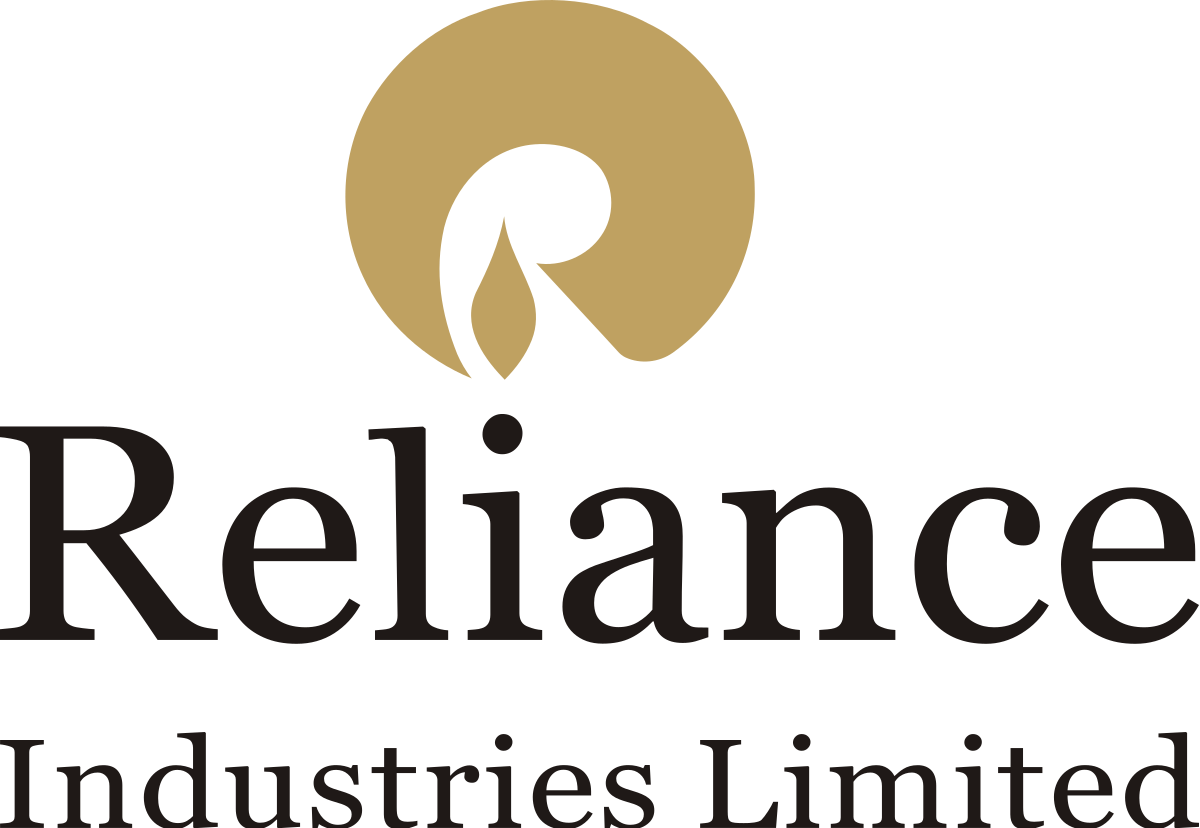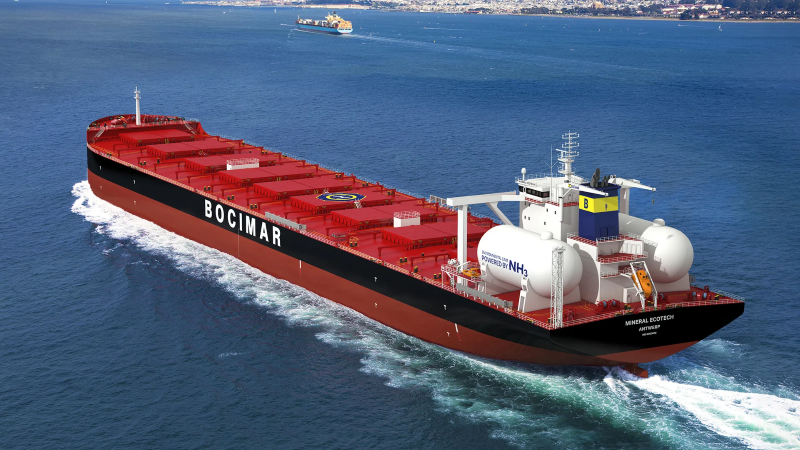Derivaat NH3: integrated ammonia production in Estonia
Derivaat NH3 plans to produce hydrogen and ammonia in Estonia via two projects. The first will be electrolysis-based, and powered by an under construction biogas power plant. Part of the produced ammonia will be used to power a rail ferry connecting Finland with Baltic countries using existing railway infrastructure.









